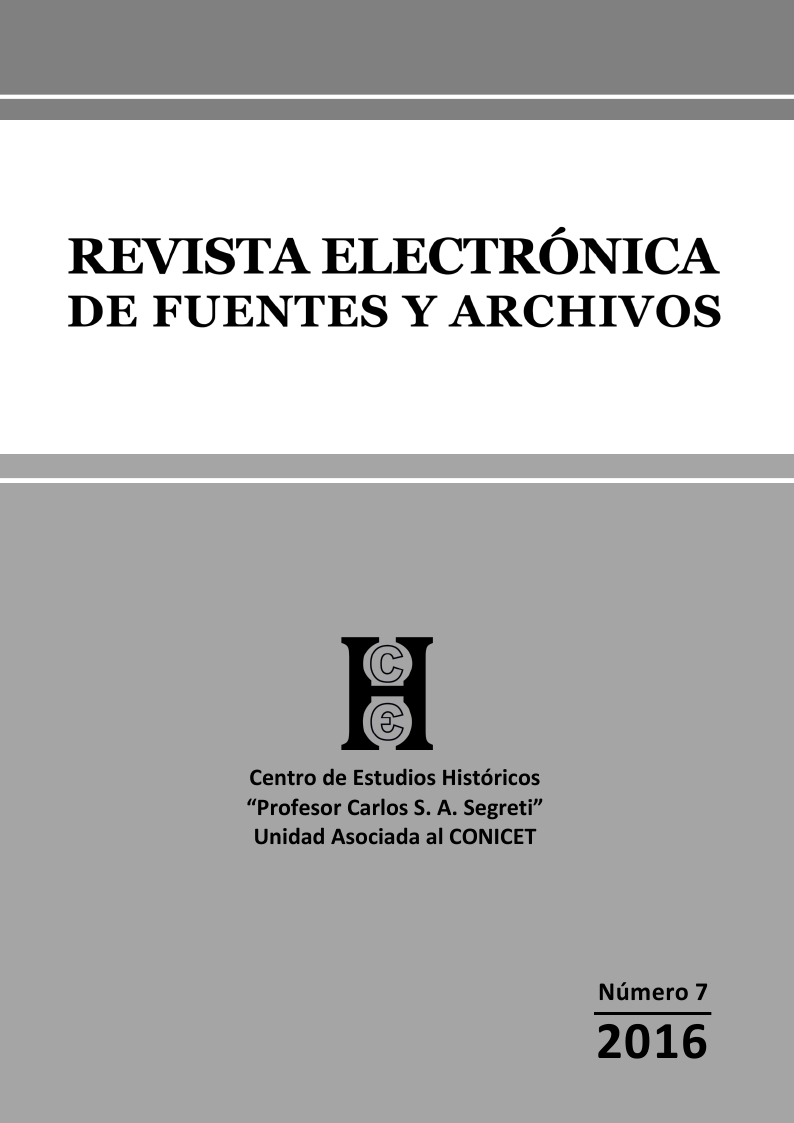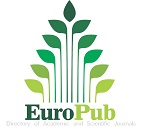Immigration in Argentina: a founding myth and a historiographic problem
Keywords:
immigration, identity, nation, historiographyAbstract
The essay analyses how Argentine historiography of immigration intertwined with the preponderant role played by immigration in the foundational myth of the Argentine Nation. The changes in the chronological framework used by historians, its relation to the mythical images of immigration, and the analytical implications of a given periodization, are discussed. Historians distanced themselves from the study of non-European migration (mostly Latin American and, in a lesser extent, Asian) a field where sociologists, anthropologists and demographers had maintained a sort of unwanted monopoly. In this regard, the essay holds that this attitude partly relates to the convergence of historiography of immigration with the Argentine foundational myth of a white and European nation, and suggests an alternative to the analytical dichotomy European-non-European migrations in order to include the latter into the historiographical research.
Downloads
References
BJERG María, El viaje de los niños. Inmigración, Infancia y Memoria en la Argentina de la Segunda Posguerra, Buenos Aires, Edhasa, 2012.
DA ORDEN María L., Una familia y un océano de por medio. La emigración gallega a la Argentina: una historia a través de la memoria epistolar, Barcelona, Anthropos, 2010.
DE CRISTÓFORIS Nadia, Bajo la Cruz del Sur: gallegos y asturianos en Buenos Aires (1820-1870), La Coruña, Consello da Cultura Galega, 2010.
DE CRISTÓFORIS Nadia, Proa al Plata: las migraciones de gallegos y asturianos a Buenos Aires (fines del siglo XVIII y comienzos del XIX), Madrid, Consejo Superior de Investigaciones Científicas, 2009.
DEVOTO Fernando, Historia de la Inmigración en la Argentina, Buenos Aires, Sudamericana, 2003.
DEVOTO Fernando, “Idea de Nación, Inmigración y ‘Cuestión Social’ en la historiografía académica y en los libros de texto de la Argentina”, Estudios Sociales, núm. 3, 1992, pp. 9-30.
FARÍAS Ruy, La inmigración gallega en el sur del Gran Buenos Aires, 1869-1960, Santiago de Compostela, Universidad de Santiago de Compostela, 2010.
GABACCIA Donna, From Sicily to Elizabeth Street Italy´s. Housing and social change among Italian Immigrants, 1880-1930, Albany, State University of New York Press, 1984.
GABACCIA Donna, Italy´s Many Diasporas, Seattle, University of Washington Press, 2000.
GERMANI Gino, “La asimilación de los inmigrantes en la Argentina y el fenómeno del regreso en la inmigración reciente”, Revista Interamericana de Ciencias Sociales, segunda época, núm. 1, vol. I, 1964, pp. 1-28.
GERMANI Gino, Política y sociedad en una época de transición. De la sociedad tradicional a la sociedad de masas, Buenos Aires, Paidós, 1962.
GJERDE Jon, From Peasants to Farmers. The Immigration from Balestrand, Norway, to the Upper Middle West, Nueva York, Cambridge University Press, 1985.
IACOVETTA Franca, Such Hardworking People. Italian Immigrants in Postwar Toronto, Montreal, Mcgill University Press, 1992.
KAMPHOEFNER Walter, The Westfalians. From Germany to Missouri, Princeton, Princeton University Press, 1987.
KATHER Akram Fouad, Inventing Home. Emigration, Gender and Middle Class in Lebanon, 1870-1920, Berkeley y Londres, University of California Press, 2001.
PÉREZ Mariana, En busca de mejor fortuna. Los inmigrantes españoles en Buenos Aires desde el Virreinato a la Revolución de Mayo, Buenos Aires, Prometeo-UNGS, 2010.
REEDER Linda, Women in White: Migration and the Transformation of Rural Italian Women, 1880-1920, Toronto, University of Toronto Press, 2003.
STURINO Franc, Forging the Chain. A Case Study of Italian Migration to North America, 1880-1930, Toronto, Multicultural Society of Ontario, 1990.
Downloads
Published
Issue
Section
License
Copyright (c) 2016 María Bjerg

This work is licensed under a Creative Commons Attribution-NonCommercial-ShareAlike 4.0 International License.
Se puede compartir (copiar y redistribuir el material en cualquier medio o formato) y adaptar (remezclar, transformar y construir a partir del material), siempre que: a) se cite la autoría y la fuente original de su publicación (revista, editorial y URL de la obra); b) no se use con fines comerciales; c) la distribución de las obras derivadas se haga con una licencia igual a la que regula la obra original.




















